Fun With Mobile Marketing
There’s no denying that gardens are hard work, but for the folks that list gardening as one of their hobbies, it’s also a labor of love and good times. Putting the “fun” back in shopping for garden supplies is one way to interact with customers on that level of enjoyment. Today’s smartphone technology is making this even easier for your business.
QR Codes
The ease and usability of Quick Response (QR) codes can open up new avenues of sales conversion. These 2-D images remain a popular advertising and promotion strategy because of the effortless way they drive your shoppers to specific content, either Web-based or direct text messaging. In June 2011, comScore measured that more than 14 million Americans scanned a QR code on their mobile phones. That was 6.2 percent of the total mobile audience. Of those 14 million, 39 percent scanned a code right in a retail store.
This interactivity between your code and their phones can increase the chance of a sale and lead to repeat business. ComScore also uncovered that multi-screen consumers (those who use multiple digital touch points to interact with your company) tend to be the most engaged and loyal brand consumers.
Some entertaining ways you can use QR codes at your retail store:
Instant Sweepstakes. Create a mobile-friendly sign-up page online and promote a giveaway or contest that uses QR codes as an easy route to enter to win. The prize could be artful mixed-combo creations, a set of gardening tools, a visit from a garden expert, tickets to local gardening or home shows, gift cards, and more. Whatever you give away, offer real value and you’ll see real results.
QR Coupons. Mobile couponing removes the barrier of remembering to clip or print a hard-copy coupon. A scanned QR code can provide a fast link to your website’s coupon page. You can even direct the QR code to a simple text message containing a redeem code. Microsoft Tag offers several formats for couponing, as well as tracking users using Device ID. This can customize a different coupon experience with each scan and accelerate the purchase process. You can find details at their website: tag.microsoft.com.
Scavenger Hunt. Device ID is also perfect for games in-store. Set up several “checkpoints” where customers scan tag signs with their smartphones and collect “tokens” at each location. Moving through the store, a customer can collect each token for a special prize at the end. Move them through your store vegetables, shade, fountains, trees, etc. and keep them on the lookout for the signs. in the process they see what’s new from you!
Audio Help. On those busy days, QR codes can be your extra set of helping hands. Provide an audio tour of certain end cap displays, or answer basic gardening questions by recording simple .mp3 files and linking them to your QR sign. You can do the same with a quick video, too. Customers can scan to learn more from your expert team.
Mobile Tools & Apps
Besides QR codes, promoting mobile web gardening tools in your store can further educate shoppers on the plants and products you sell. Your openness to new technology can also create a line of communication that makes you a trusted source for advice and recommendations.
Tools such as the new “My Garden Designer” from Burpee Home Gardens puts mixed-combo garden designs at your customers’ fingertips. Accessed directly on their smartphones, users can design around a featured plant by scanning a plant tag, or they can design from scratch choosing colors they find appealing in a “thriller, filler, spiller” format.
In its first month of use, My Garden Designer created more than 3,000 designs for gardeners across the country. Shoppers everywhere are learning to get comfortable creating gorgeous containers and landscapes. Take advantage of promoting helpful gardening apps like My Garden Designer; they can build excitement for your plants even when customers leave your store, and lead to multiple return visits.
Perhaps you have a clever idea for your own useful app. Coding and promoting apps takes a bit of programming skill. However there are software developer kits available to help ease your way. There are also app companies ready to assist you. Check out vendors such as BiznessApps (www.biznessapps.com), AppGeyser (www.appgeyser.com), or AppsBuilder (www.apps-builder.com) and bring your mobile tool idea to life.
Mobile-Friendly Website
There is a growing gap between retailers with mobile-friendly websites and the shoppers who want to use them. With an increase in consumers multitasking and using their smartphones for even more functionalities, having a mobile website and striving to engage mobile users can directly impact your bottom line.
According to a study by Luth Research and mobile agency Brand Anywhere, 51 percent of consumers are more likely to shop at retailers who have mobile-friendly websites. Google and its partner DudaMobile found that after using a mobile website, 61 percent of users call a business directly and 59 percent visit the location.
Let’s begin with a look at your current Web marketing strategy: At the very least you have a website promoting your business; your location and hours of operation; your products and services. Perhaps your site is robust enough to include an inspiring photo gallery; a timely news page or blog; sections that highlight immediately available stock or helpful resources that answer gardening questions.
A company website, viewable on a computer screen, is status quo. But to really reach shoppers on the go, why not provide a quick (and thumb-friendly) mobile version of your site to put your most relevant information in the palm of
their hands?
Provide click-to-call and click-to-map so shoppers can find you fast. A positive mobile site experience can drive revenue for a business, according to Google’s “GoMo” program. Pinching and zooming a site is frustrating. Nearly two in three users are unlikely to return to a site on their phones if they had trouble. And many will visit a competitor’s site instead.
So not only will an easy-to-navigate mobile-friendly site help existing customers, you can capture dissatisfied shoppers of competitors, too.
Check out Google’s www.howtogomo.com for a quick DIY tool and convert your existing site to a mobile-friendly one. Some best practices to keep in-mind:
Analyze your full site to see which sections get the most use. See if you can make those sections mobile-friendly.
Design mobile pages to load fast. This means less or compressed images and easy-to-scan copy.
Minimize scrolling and keep any scrolling vertical.
Focus only on information that will lead to conversation, such as product descriptions.
Keep any sign-up forms short. Use check boxes, lists and scroll menus to make filling in the
data easier.
Use click-to-call functionality for your phone numbers. This leads to instant access to you!
Give users a choice to access your full site. Sometimes they may prefer your full content.
However you choose to engage your customers, understand that mobile web is expanding rapidly. Nielsen research shows that more Americans will access the web via mobile than desktop by 2015. Smartphones have changed consumer behavior. Continue to prepare your business for the mobile movement.






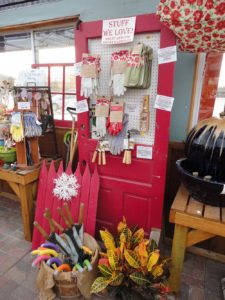


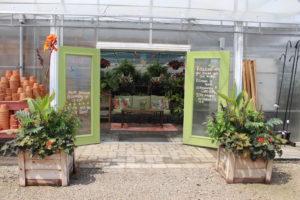
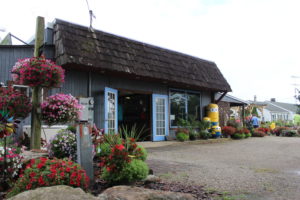
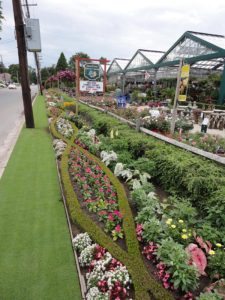
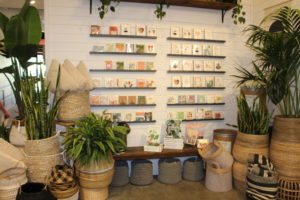
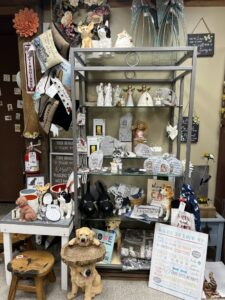
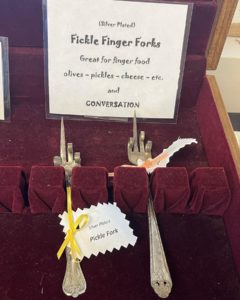
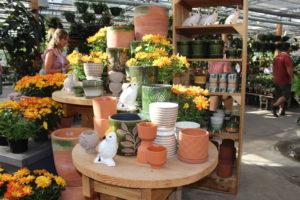
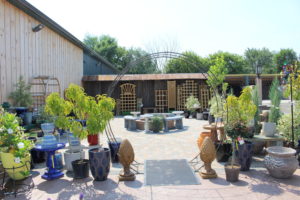
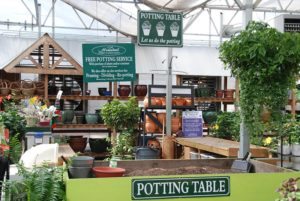
 Videos
Videos





